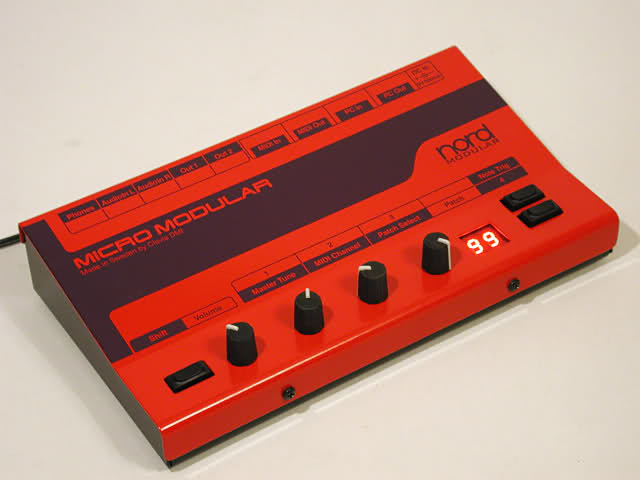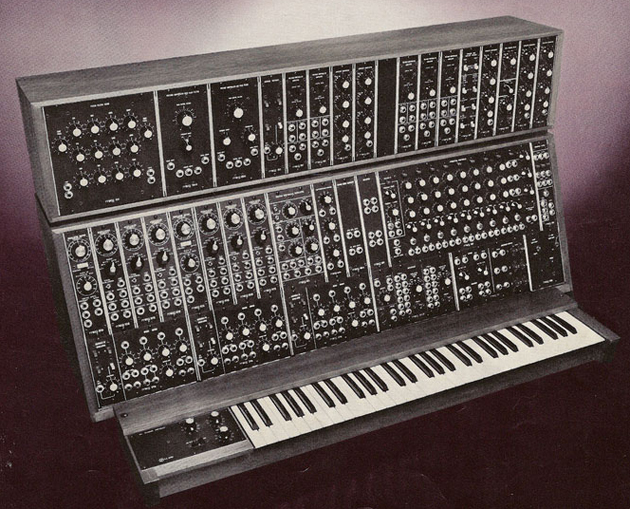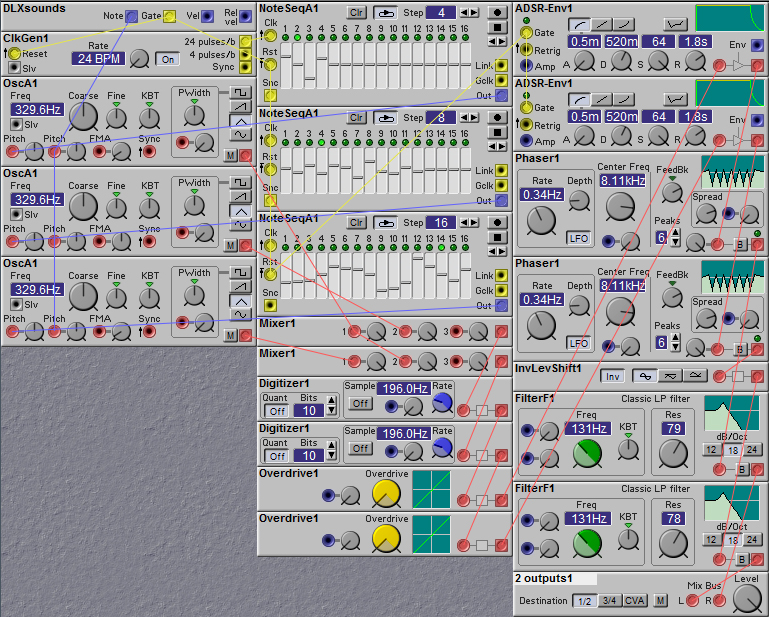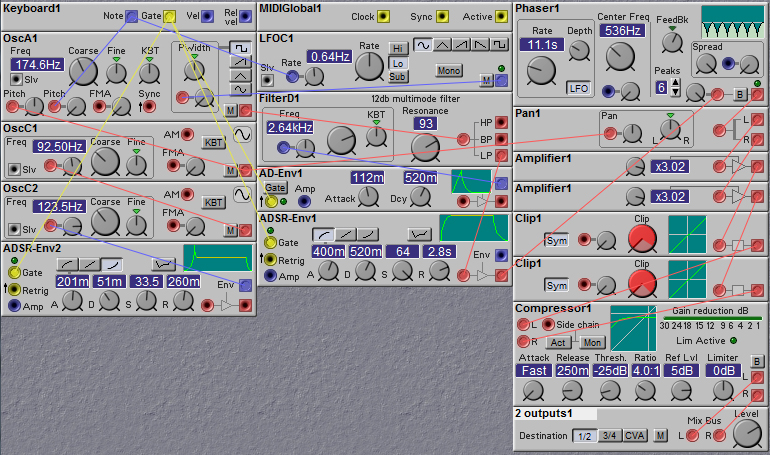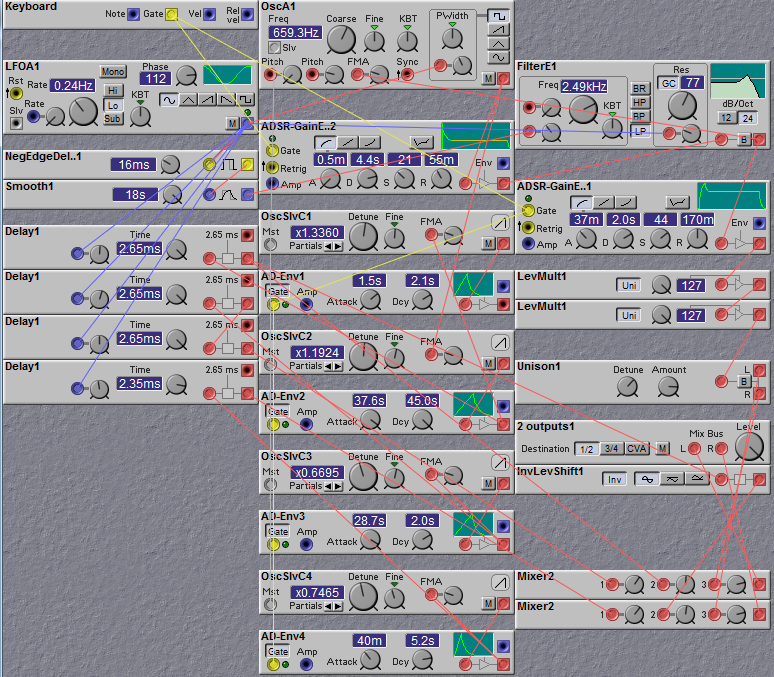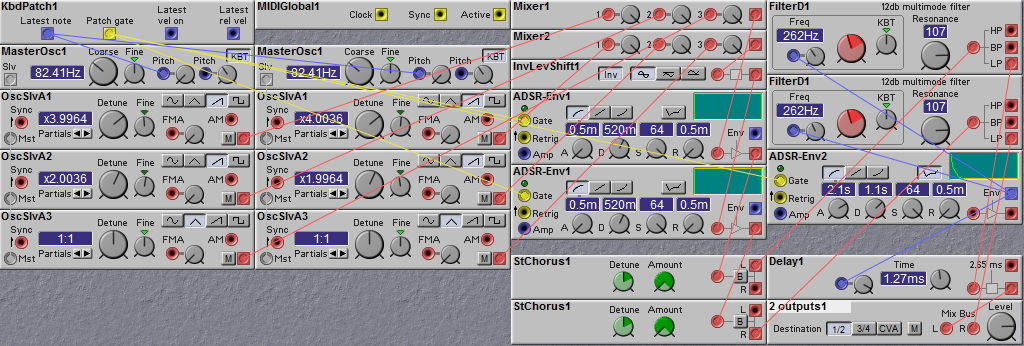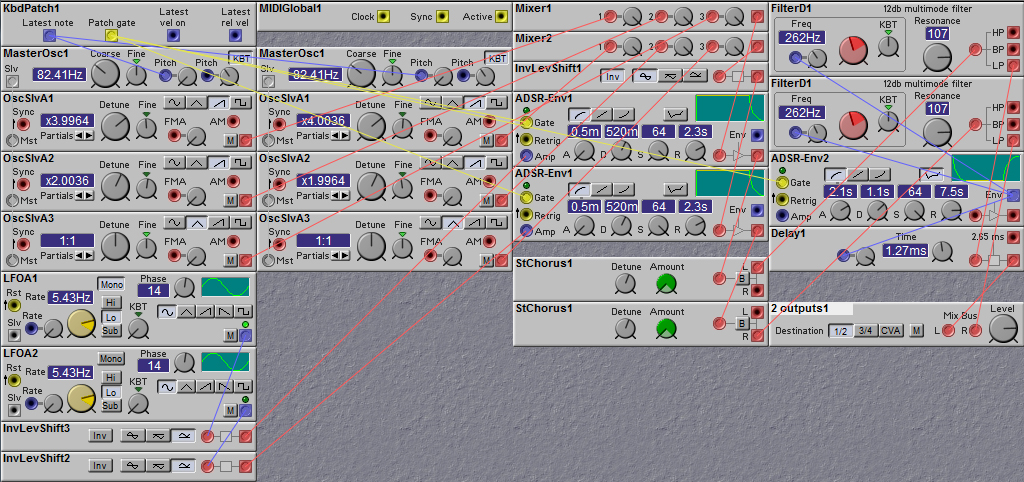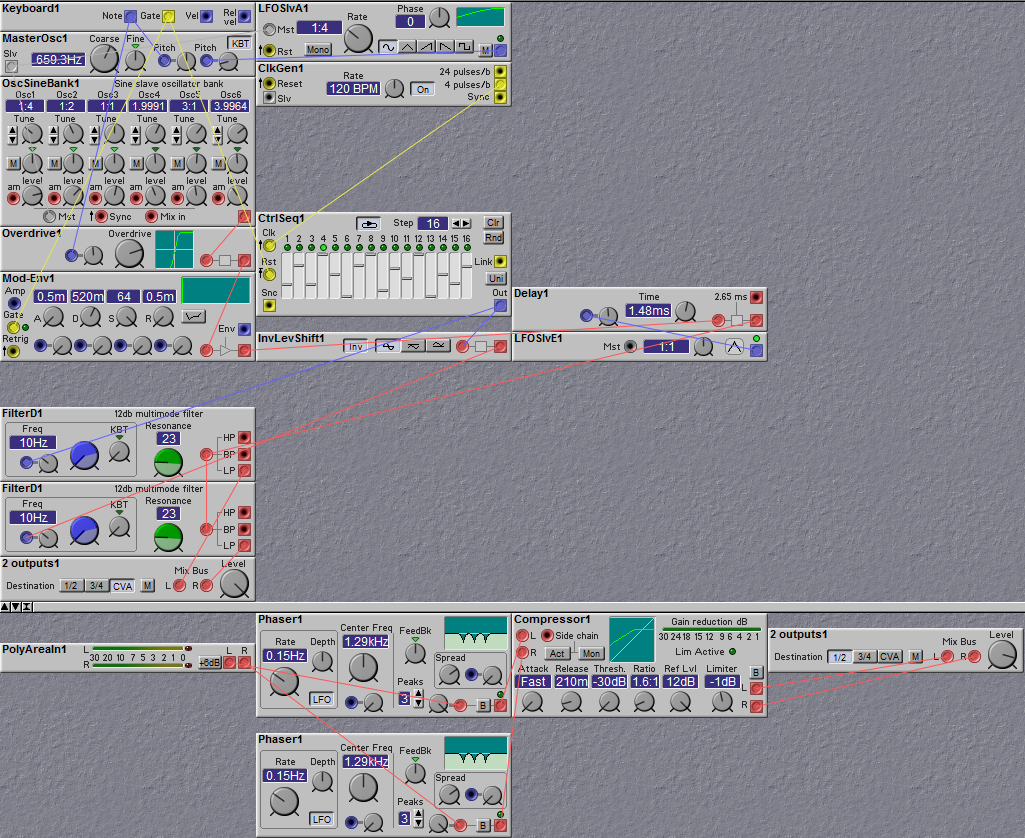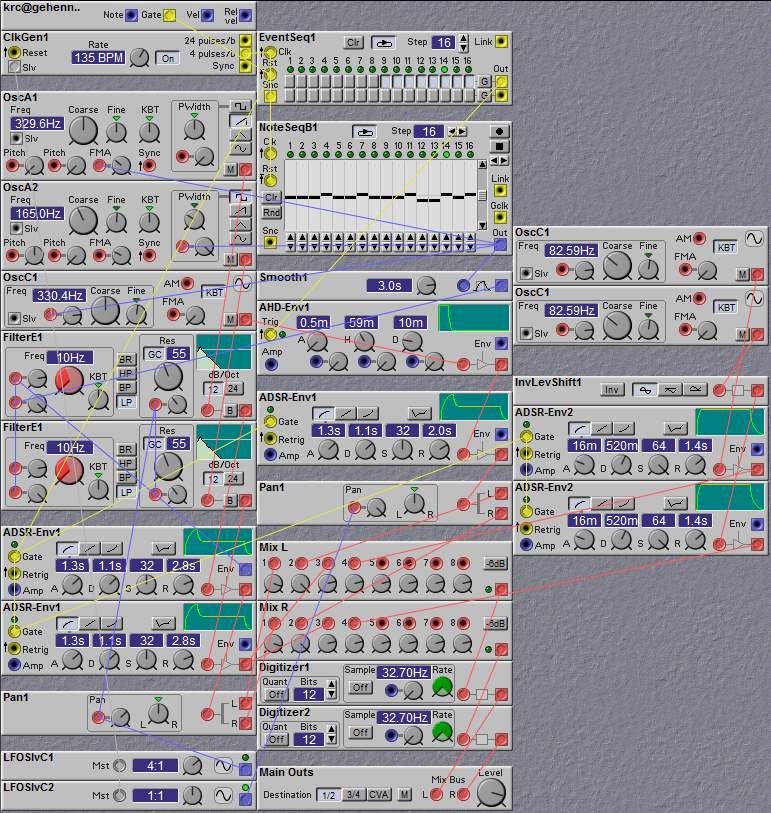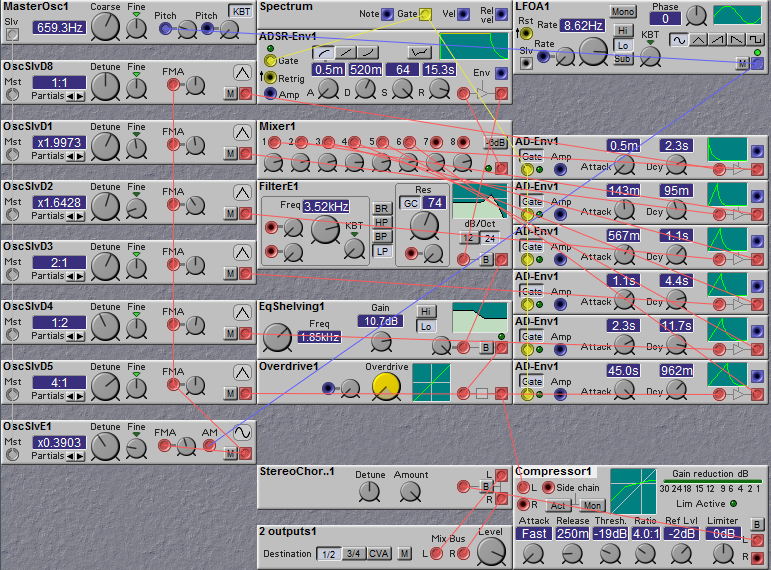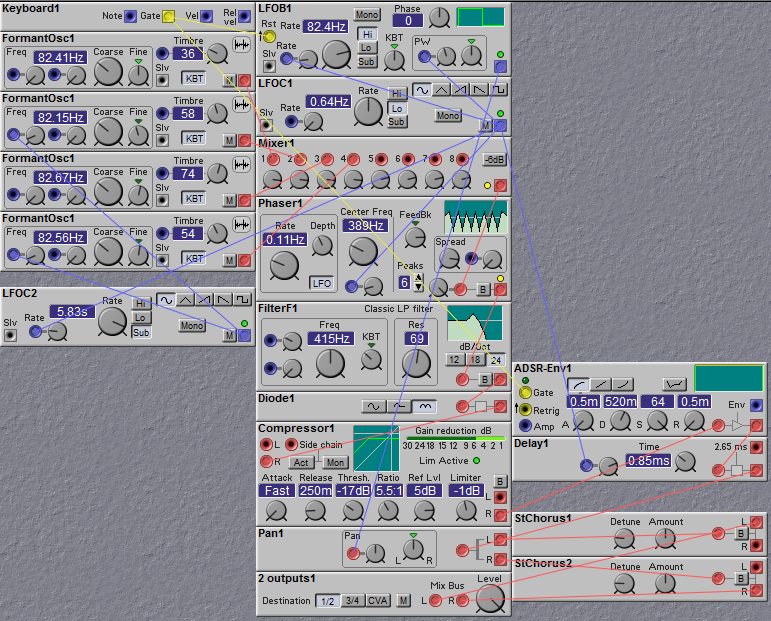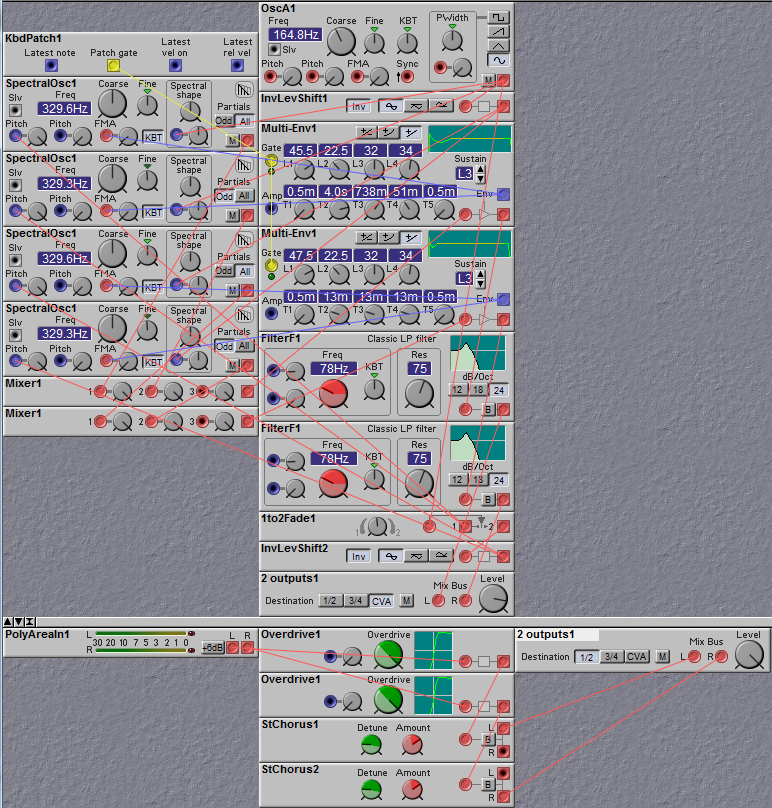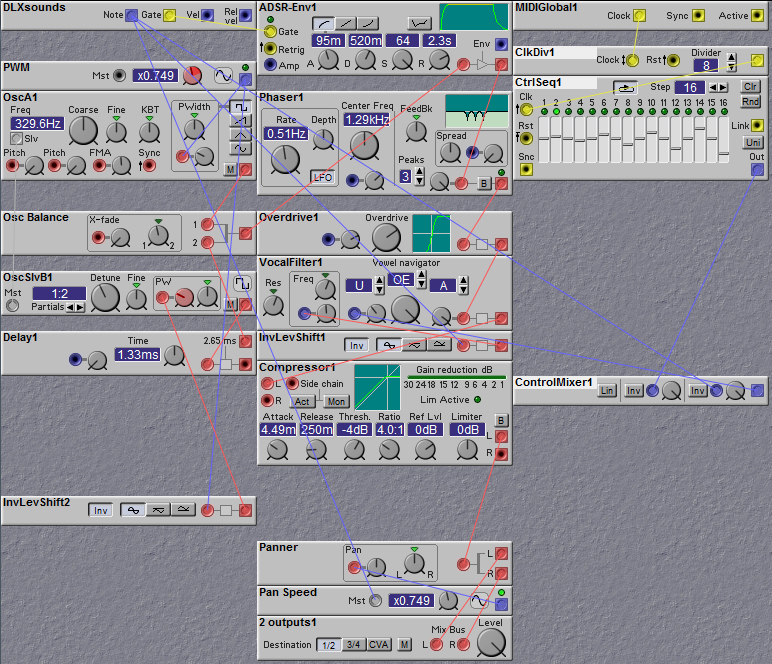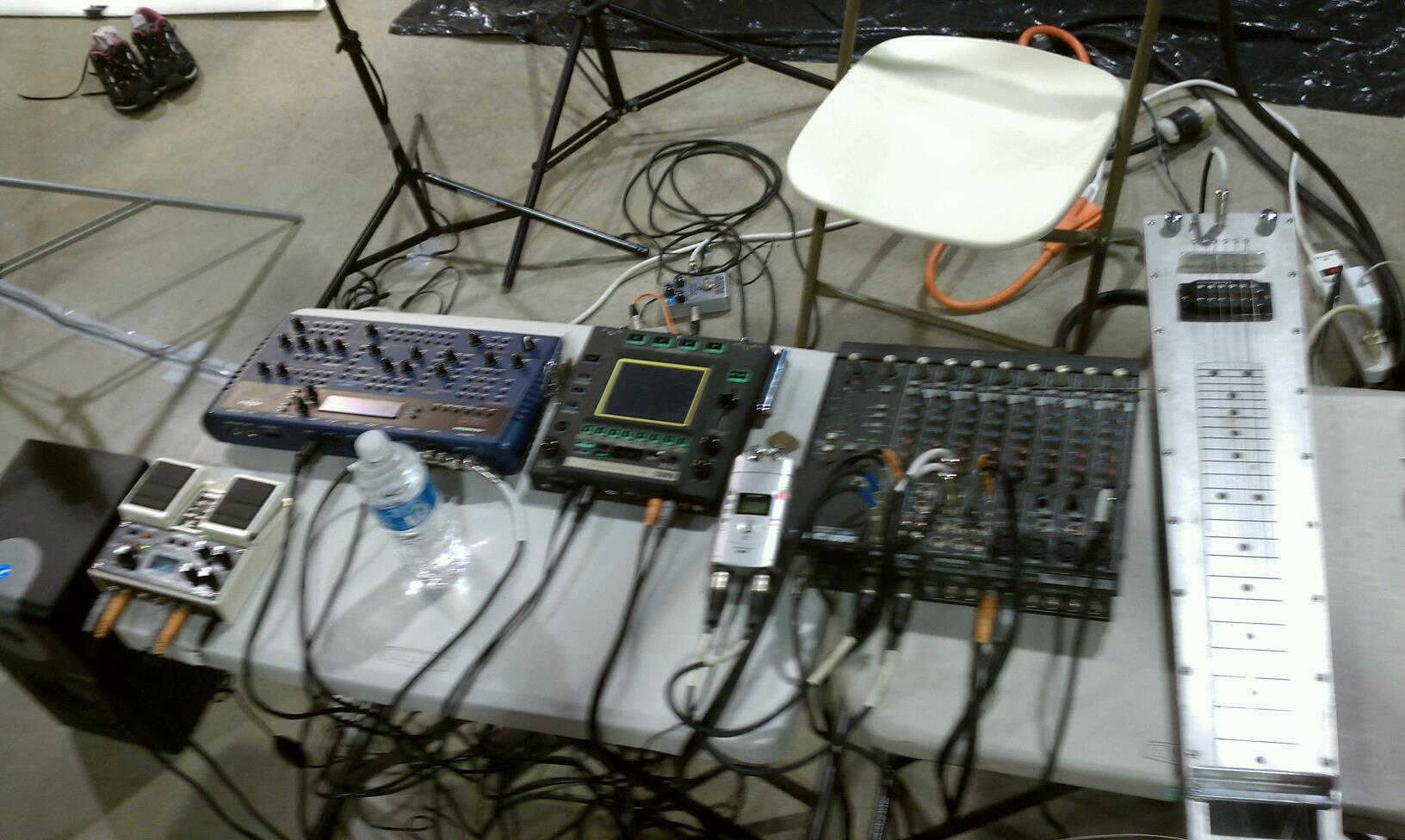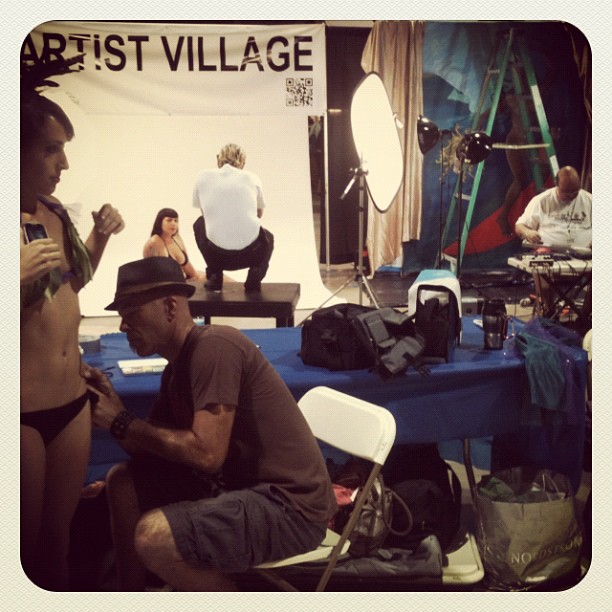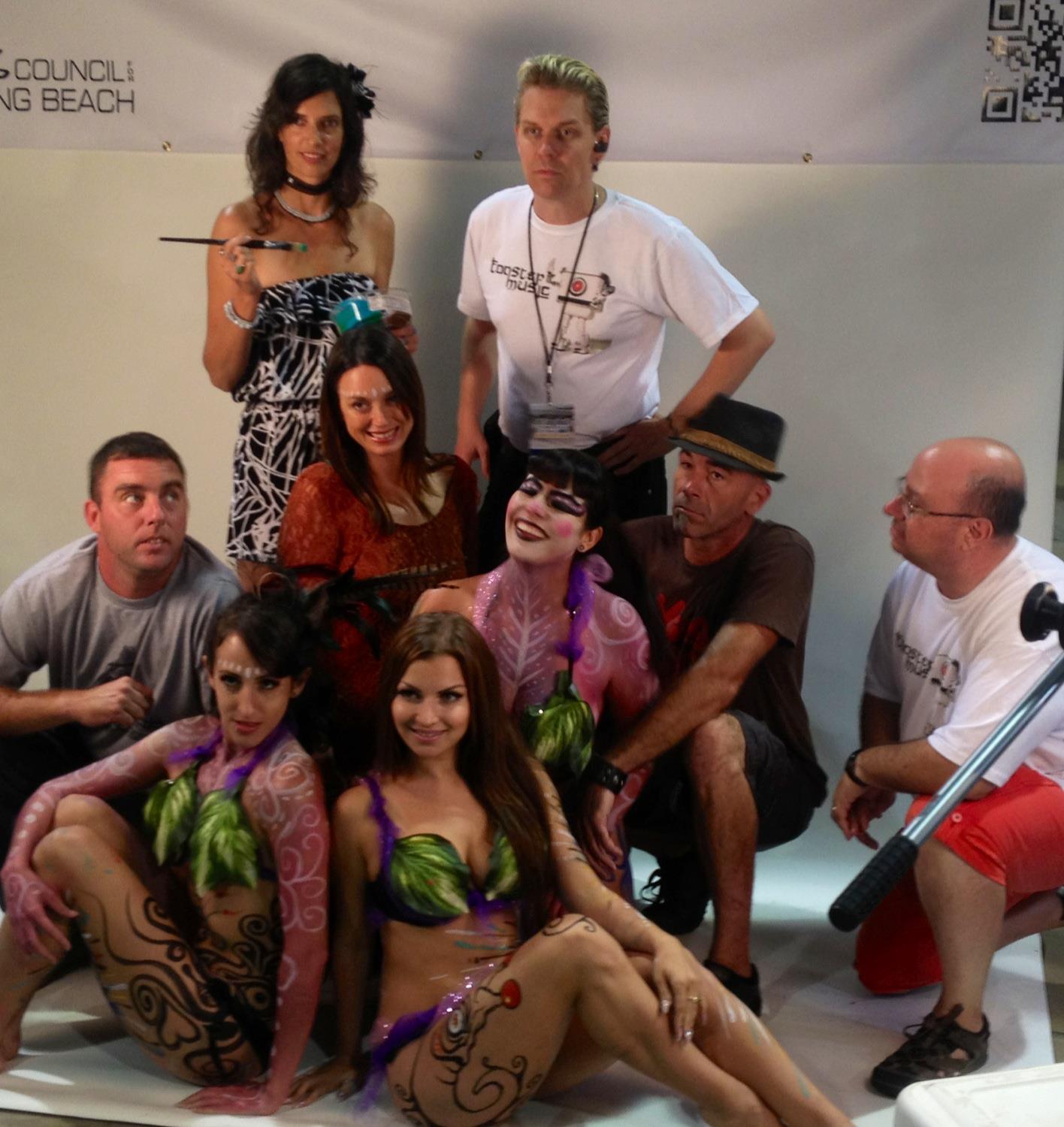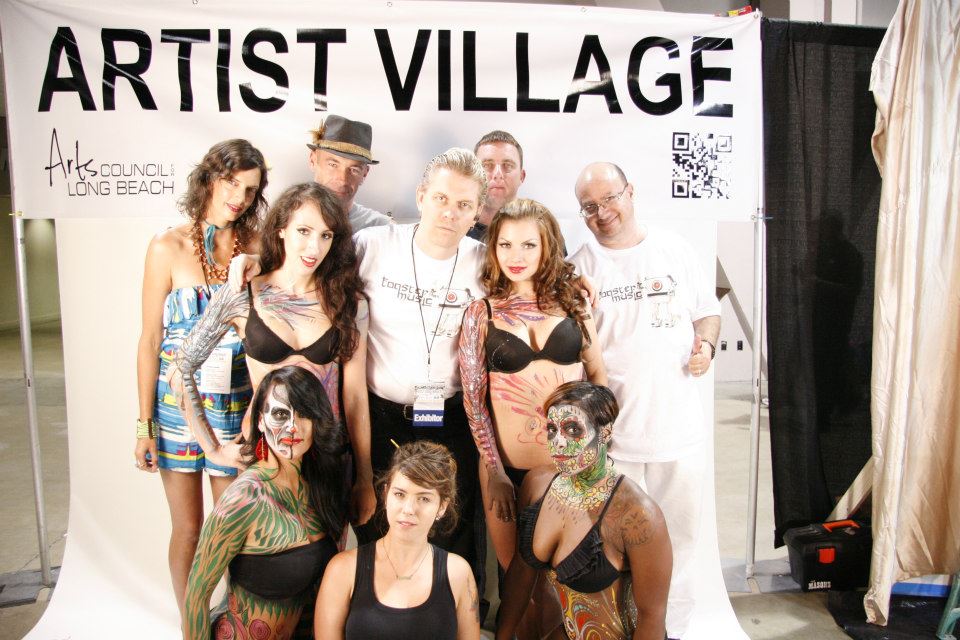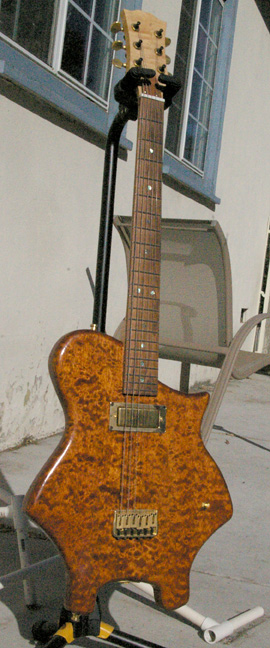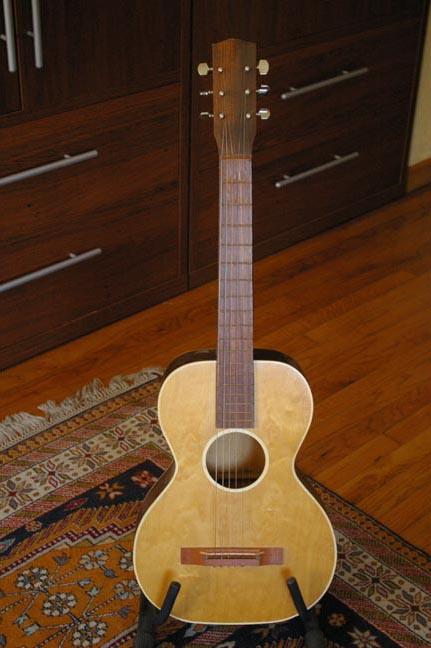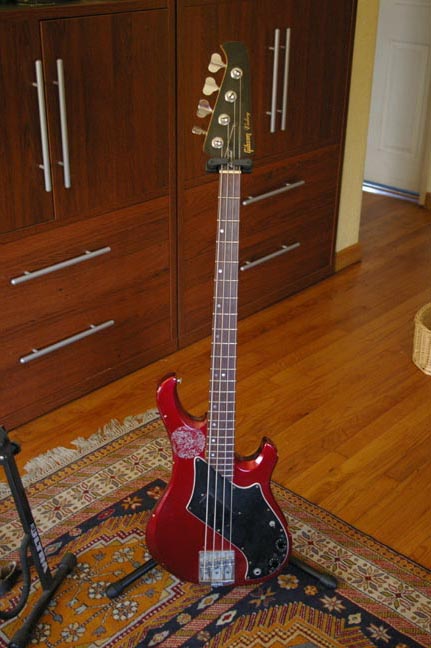Mar 15 2018
The February Challenge – [FAWM 2018]
Thanks to some online music groups, I discovered an annual effort where musicians record 10 to 15 songs during the month of February, with the intention of releasing them as an ‘album.’ After some careful thought in January, I decided to join in, but with a slightly modified vision. I decided to compose and record 1 new original music track every day. Before I started I knew that I’d work ‘inside the box.’ Everything would be created in Cubase (on my PC) or in Korg Gadget (iPad)Â using software synthesizers and mostly original sounds.
There was another challenge that is reflected in some of the tracks. It is the ‘A Synth – A Song’ challenge, where all parts in a track are created using just one synth. The idea, of course, is to push the capabilities of the synth AND one’s own programming skills to create something interesting.
Some of these are completely realized recordings, and others are sketches. Overall, I’m fairly happy with what I created. I didn’t end up meeting my challenge. I really only recorded 26 tracks. Also, I’m still working on one that I started in toward the end of the challenge. That will be a full fledged song, played with some ‘real’ instruments, and will have me singing.
Below, you will find a player that has all 26 tracks (and one alternate version) in alphabetical order. Below that, you’ll find individual players for each track. Also, you can download a playlist of all the tracks. It should open in your favorite music player.
You can also view the site where the challenge originated.
“The empty mirror reflects a sadness I cannot see. It politely refuses to let me be.
It asks me to look but nothing is there. It’s hidden the last of me.”
It inspired a brief poem:
The horn howls like Ginsberg,
cold as the light-knife cuts through
the darkness.
A cloud blanket softens the night,
dampens the forgotten spirits
that haunt Angel’s Gate,
forever waiting for imagined
invaders.
I ache for that softness,
breathe it in,
but the edge remains.
When I was 12, my Hebrew School showed all of the students at least three big reels of 16mm Nazi death camp footage. Most of it was filmed by the Nazis before the liberation. It had no sound. It was just silent b/w moving images of horrors that, as a child, I could not previously imagine.
There’s a part of me that feels injured by that experience. There’s another part of me that cherishes it. I think we can too easily look away from the horrors of the world and, in doing so, believe that we are disconnected from them.
As we know, though, safety is an illusion. We know that none of us are immune from the pain and suffering that others feel. We are not separate from each other. Your pain is my pain, and we need to see the truth so we can understand the problem and work together toward a new paradigm.
Gun control is one small part of the problem. We’ve allowed ourselves to isolate the others, those who make us uncomfortable, when we should be reaching out to them and bringing them closer. We have a systemic cultural problem, and there is no easy fix for it.
BTW, ‘Kaddish’ is the Jewish prayer of remembrance for the dead.
Translation:
May His great name be exalted and sanctified in the world which He created according to His will! May He establish His kingdom and may His salvation blossom and His anointed be near during your lifetime and during your days and during the lifetimes of all the House of Israel, speedily and very soon! And say, Amen. May His great name be blessed for ever, and to all eternity! Blessed and praised, glorified and exalted, extolled and honored, adored and lauded be the name of the Holy One, blessed be He, above and beyond all the blessings, hymns, praises and consolations that are uttered in the world! And say, Amen.
Lyrics:
What’s so great about a wall?
What is their beef, those Mongol hoards?
With beards and swards
Sweeping the steppes
With dissonant chords.
Why do they install
This monumental wall?
Strong fences make good neighbors
but the hooves and neighs of foaming steeds
bear no quarter but those hung and drawn.
These effortless sketches stretch South and West,
but I’ve forgotten all the rest.
Lyrics:
Head your bang, your bang diddy bang bang.
Head your thang, your thang diddy thang thang.
Lyrics:
Worthy
by Sander Roscoe Wolff
I’m not too bad. I’m not too good.
I’ve not done all the things I should.
This road is rocky. I stumble and fall.
I can’t get up, so I just crawl.
The darkness calls. It knows my name.
My forgotten goodness is hidden by shame.
I look to the depths and decide to go.
But you tell me one thing that I did not know.
You say, “You’re worthy. Worthy of my love.”
You say, “You’re worthy. Worthy of my love.”
Your words, they shake me. I start to cry.
I feel unready to live or die.
I turn to leave but I’m caught by surprise.
I see the truth in your blue eyes.
I said, “I’m worthy. Worthy of your love.”
I said, “I’m worthy. Worthy of your love.”
Some days are dark, and some are sad.
Now, through it all, my heart is glad.
Some days are dark, and some are sad.
Now through it all, my heart is glad.
I said, “I’m worthy. Worthy of my love.”
I said, “I’m worthy. Worthy of my love.”
